ARMY FORUM 2018 - Patriot Park / Kubinka - Russian Federation
Update: 2020/05/01 by Robert Kysela / CHK6
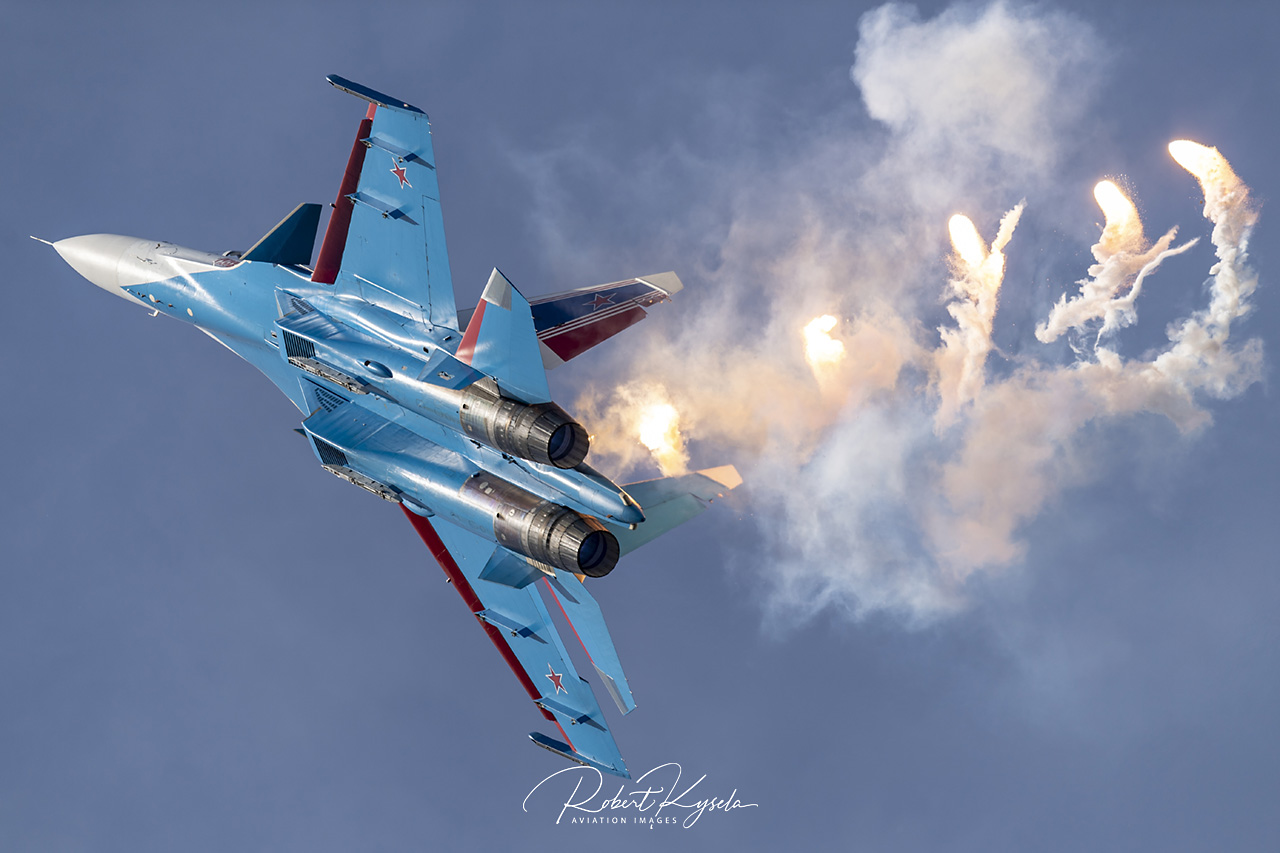
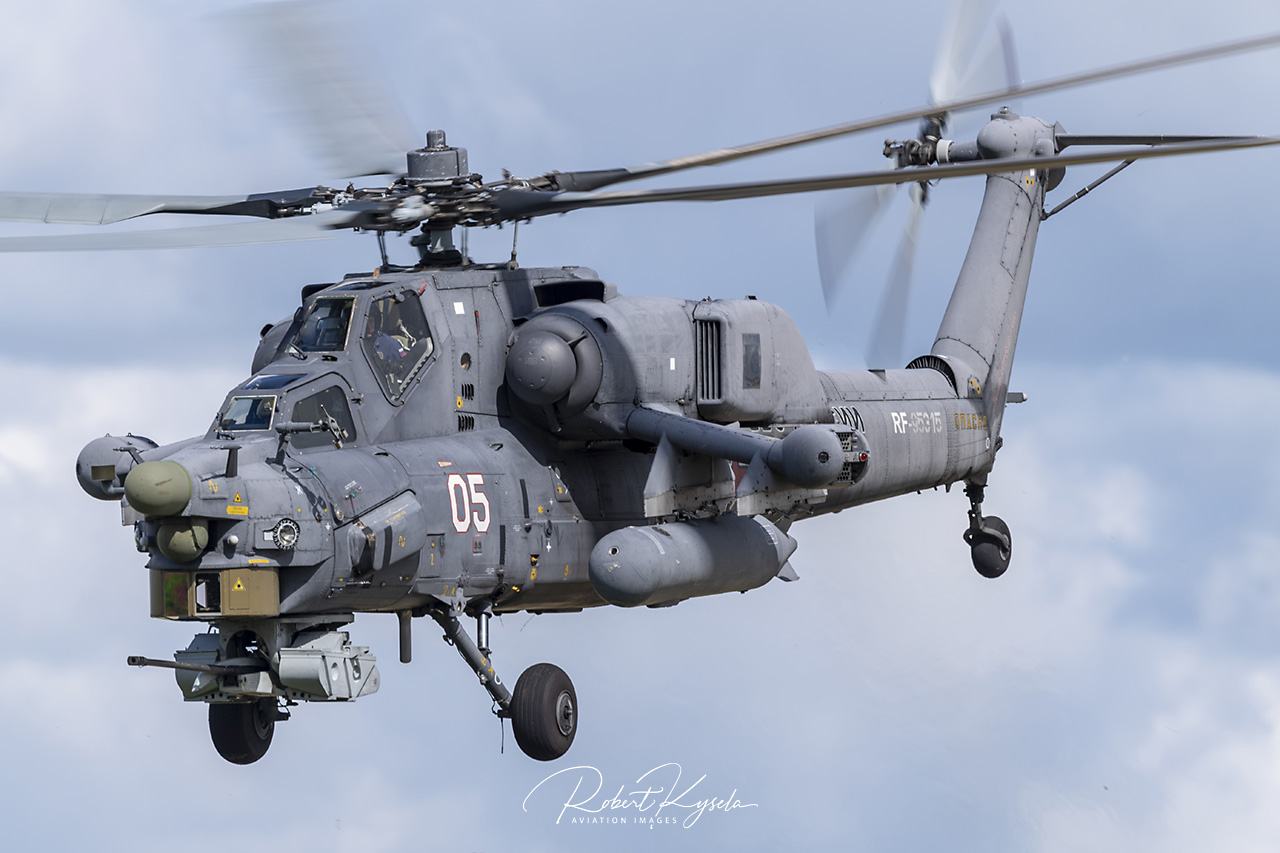
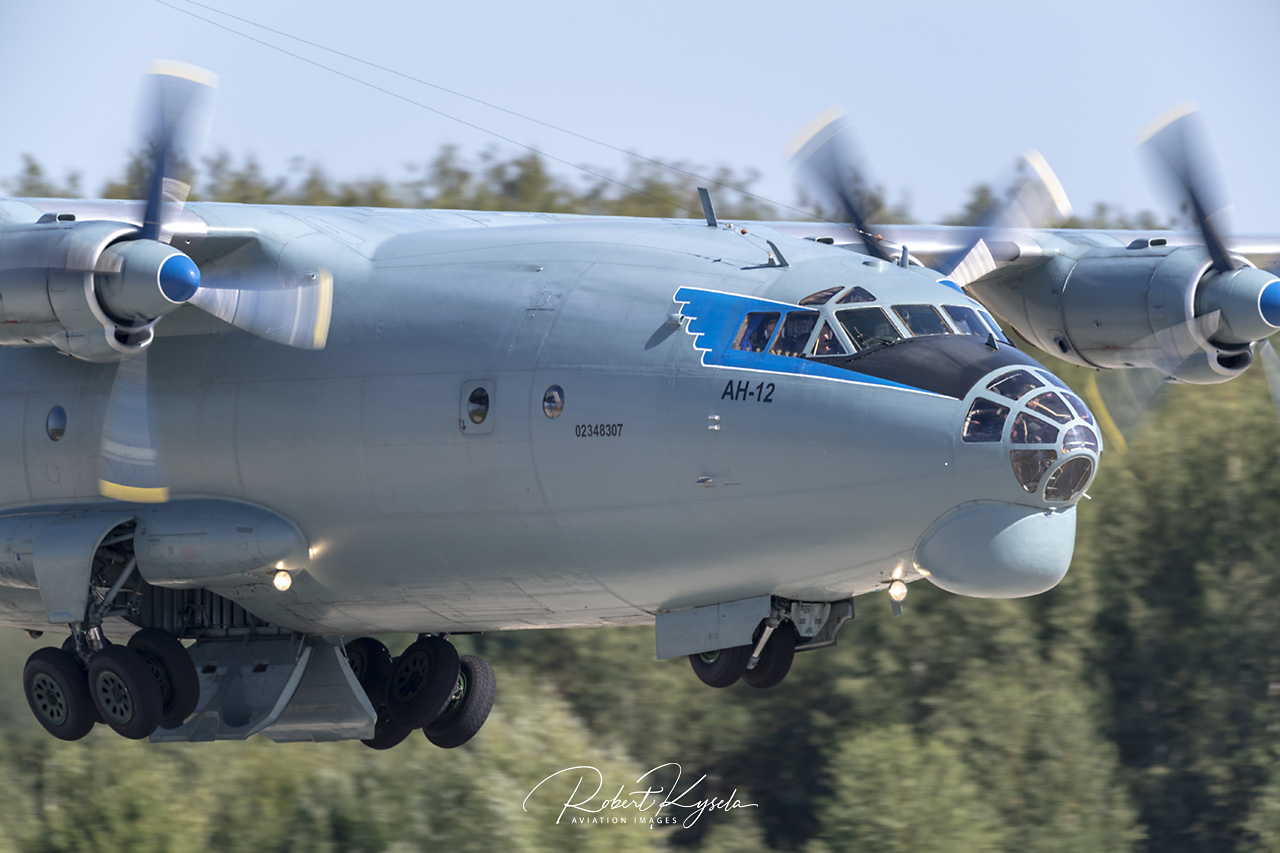
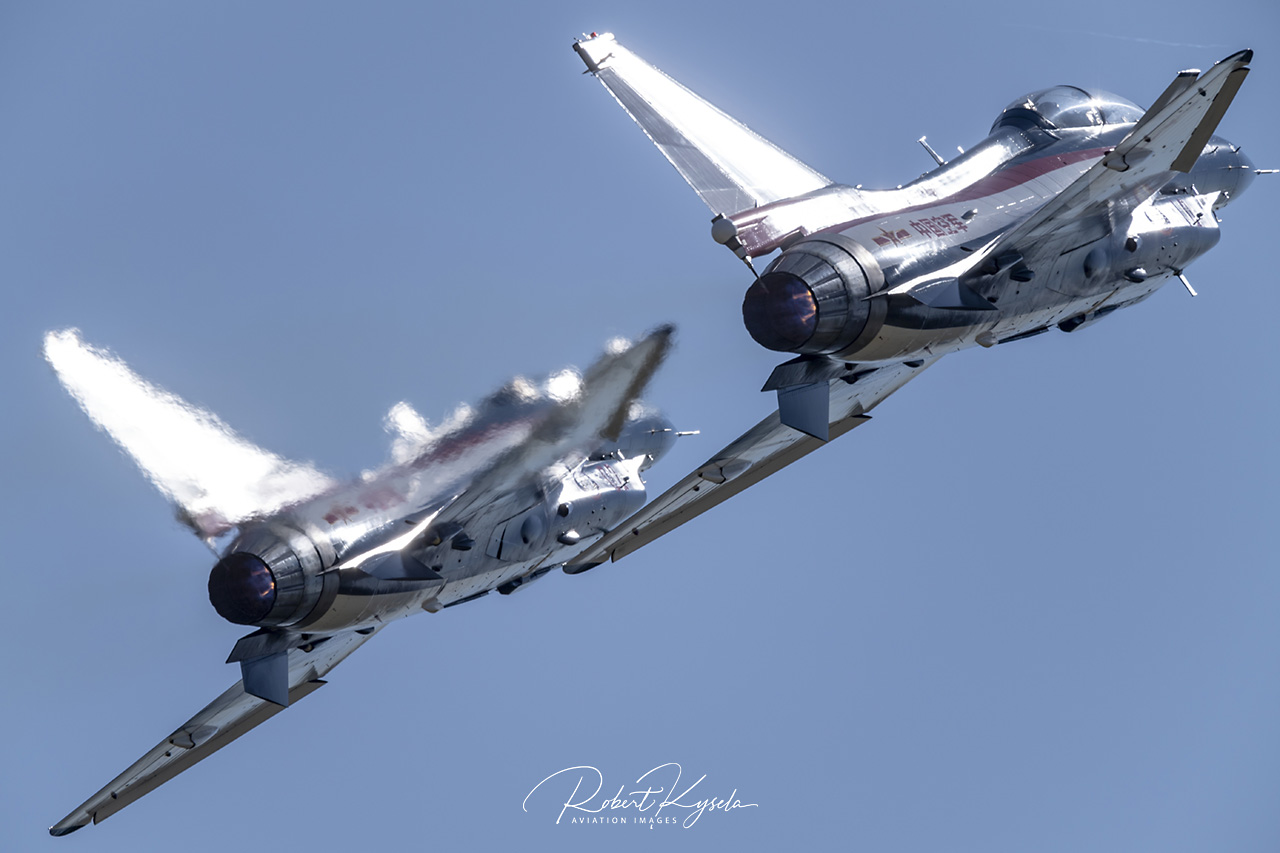
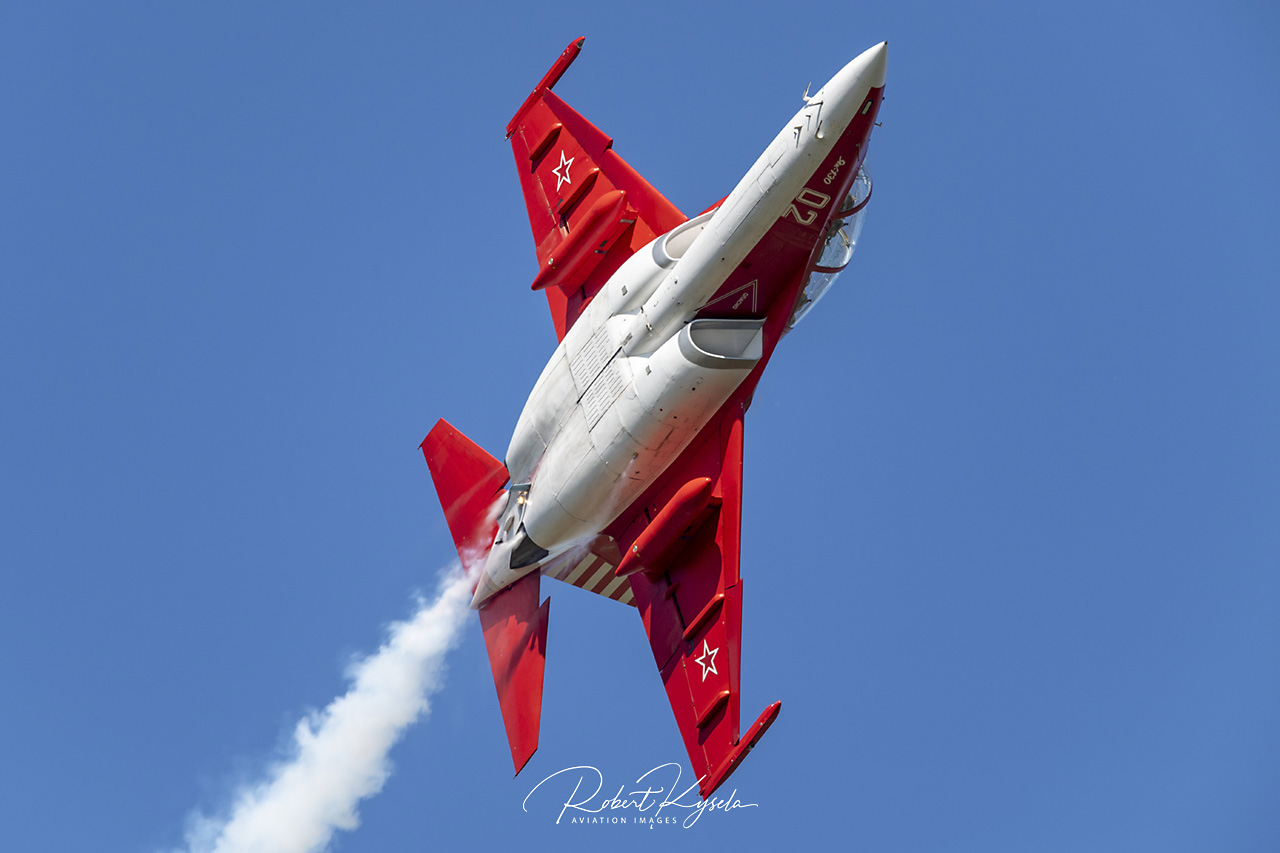
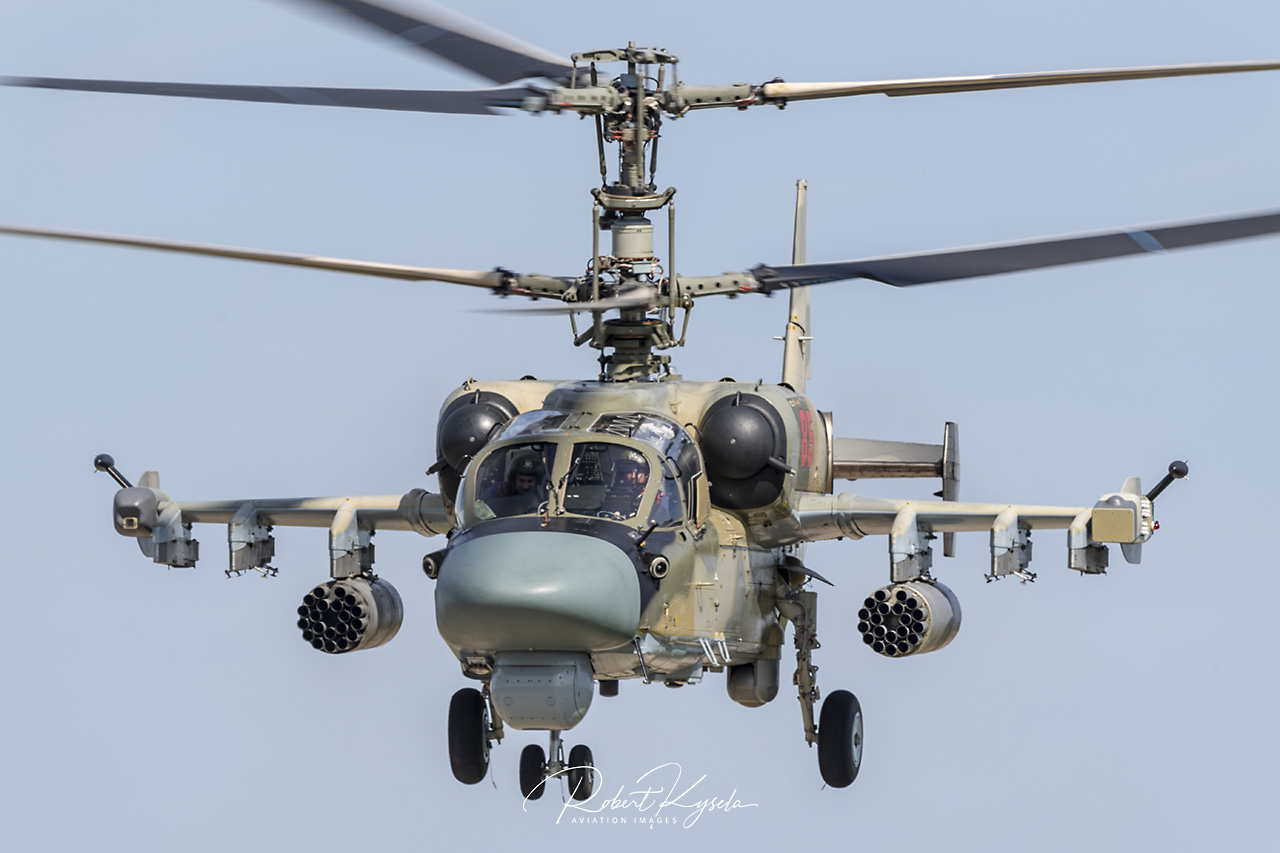
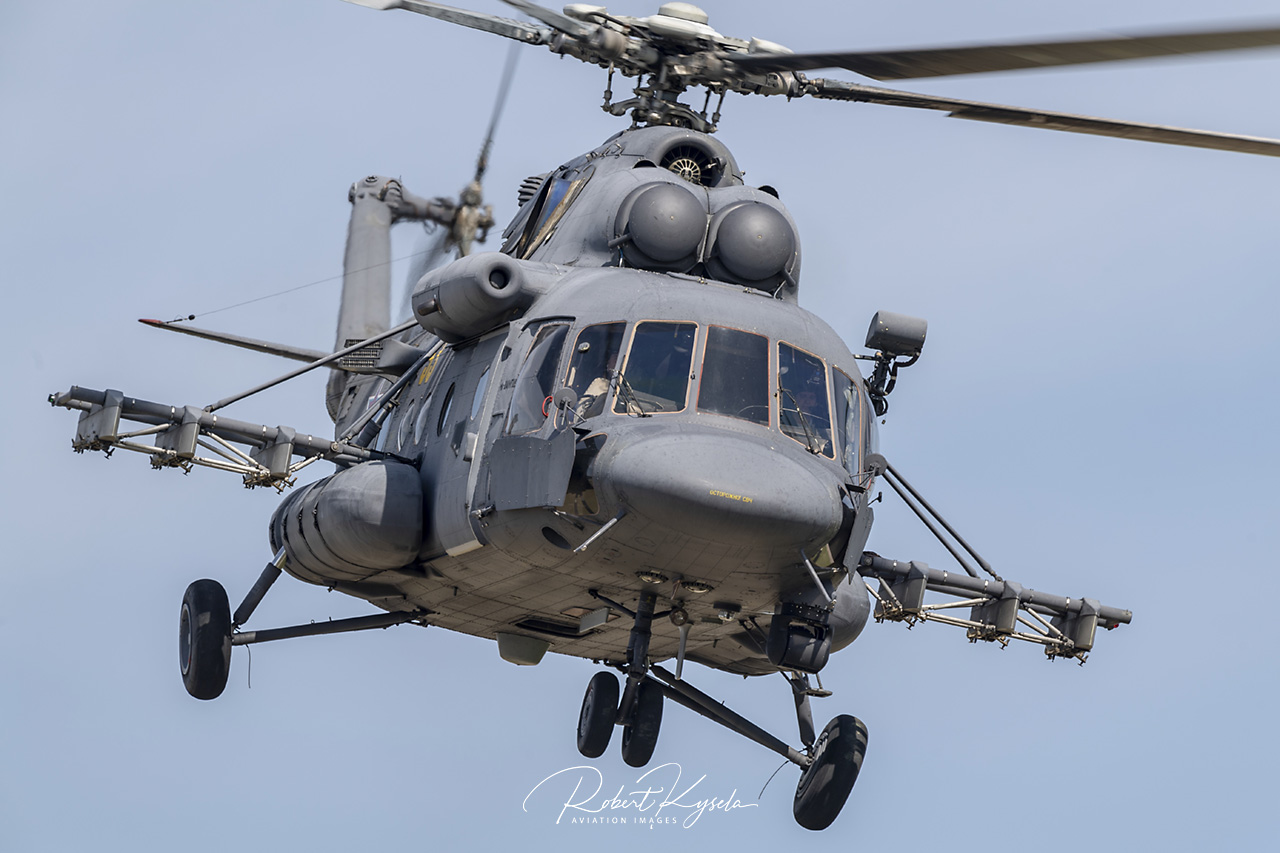
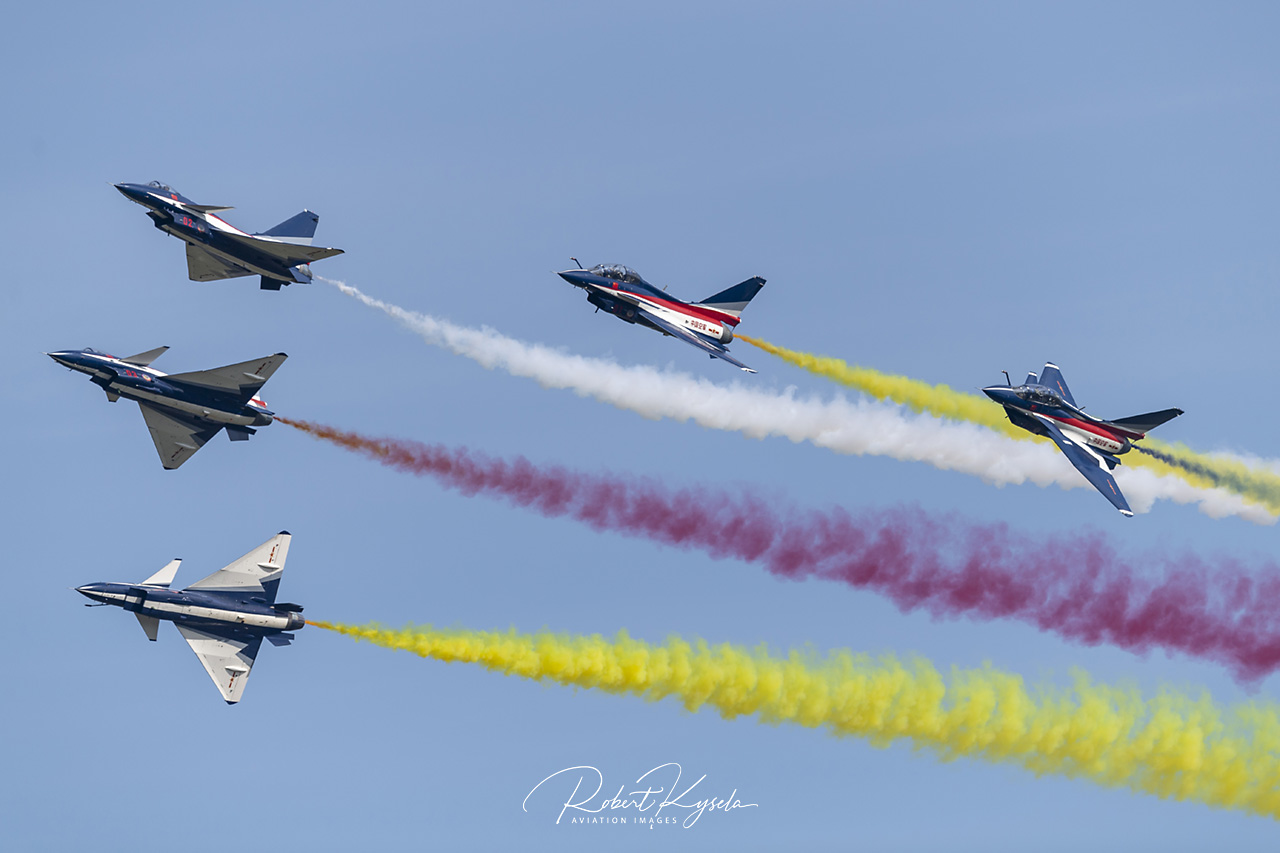
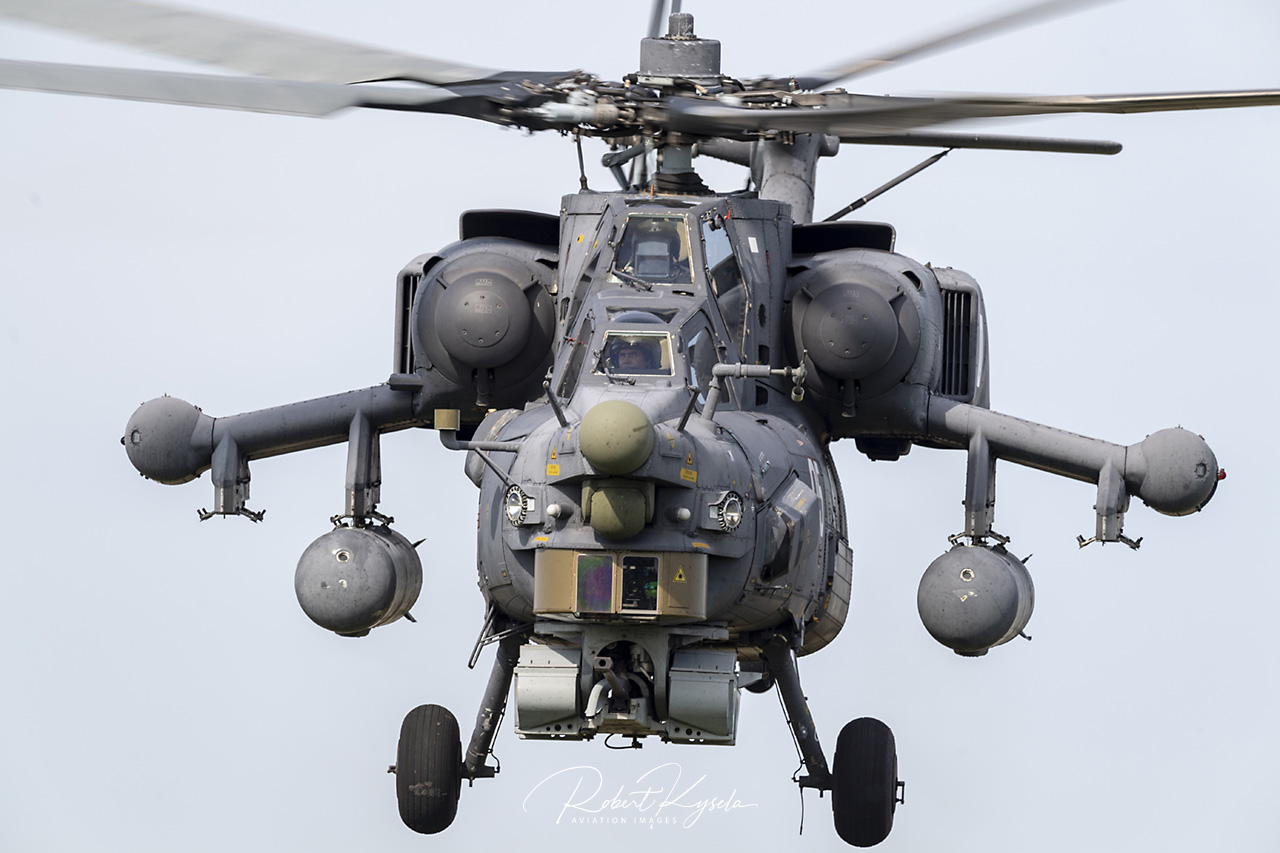
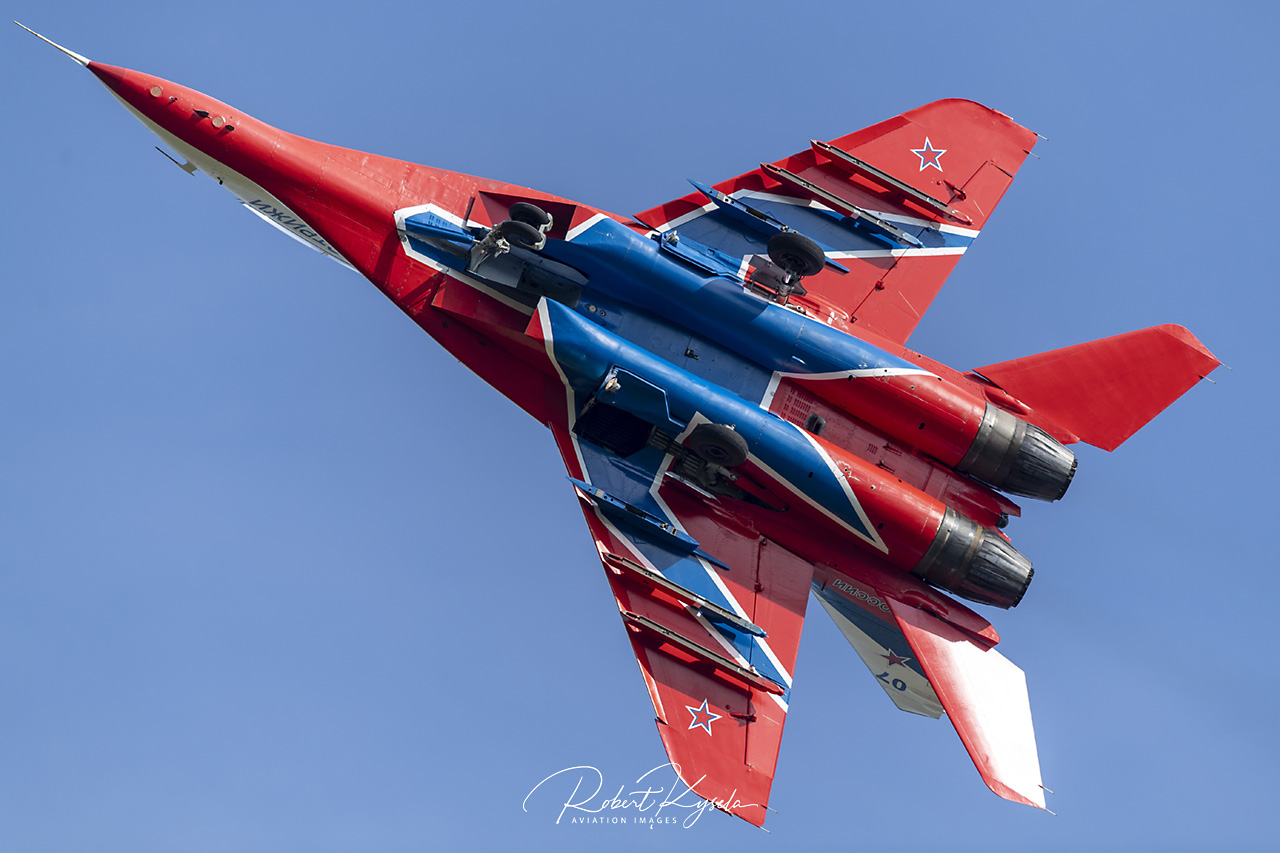
For the fourth year in a row the Russian armed forces, with industry support, conducted ARMY FORUM 2018 (known simply as ARMY 2018). As the largest joint exhibition to take place on Russian soil, this huge event takes place in the gigantic PATRIOT PARK military facility. This complex consists of several sub-areas, including the Alabino proving ground, exhibition grounds, a museum, a showground (which includes a reconstruction of the Berlin Reichstag) and the Kubinka Air Force Base. The latter is also home base for the famous, Russkije Vitjasy (Russian Knights) and Strizhi (Swifts) Russian aerobatic teams. Accordingly, all demonstrations at ARMY 2018 are divided into three sections: the Land Forces Demo Cluster, the Naval Demo Cluster and the Air Forces Demo Cluster.
This unit initially flew Mikoyan & Gurevich MiG-19 (NATO Code: FARMER) and later (from 1962) the MiG-21 F-13 (NATO Code: FISHBED)
R. Kysela
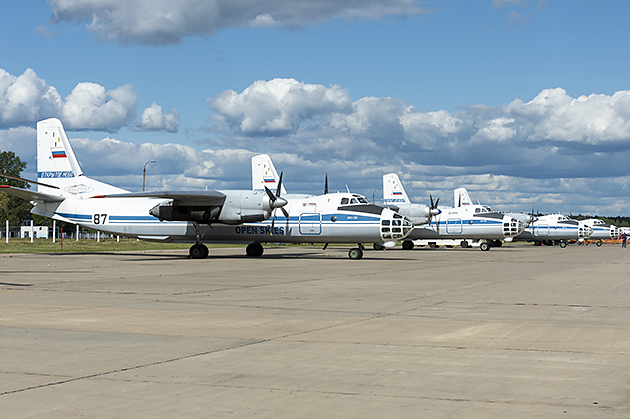
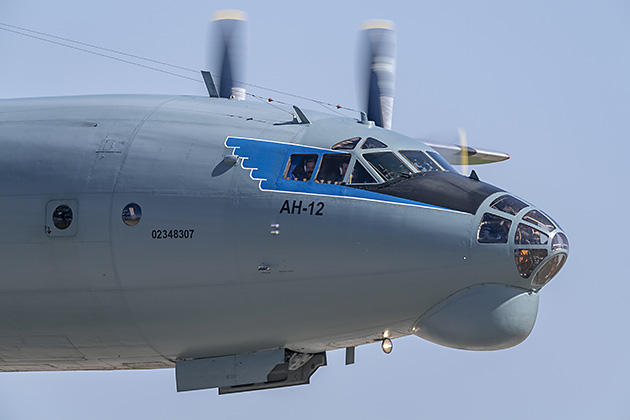
AIR FORCES DEMO CLUSTER at Kubinka Air Base:
Kubinka Air Force Base was established in 1935 with the first units to utilize the new base being the 11th, 24th and 82nd Air Regiments. These units flew at the beginning of the Great Patriotic War (as World War II is still known in Russia today) operating then modern single-engine fighters such as the Yakovlev Yak-1 and Lavotchkin Gorbunov Gudkow LaGG-3. Following the war the 32nd Guards Regiment utilized Kubinka as its home base. This unit initially flew Mikoyan & Gurevich MiG-19 (NATO Code: FARMER) and later (from 1962) the MiG-21 F-13 (NATO Code: FISHBED)
Today the following units are stationed in Kubinka:
- OSAP (Independent Aviation Regiment): Antonov An-12; Antonov An-24; Antonov An-26, Antonov An-30; Mil Mi-8
- TsPAT (Aviation Technology Demonstration Center): Russkije Vitjasi (Sukhoi Su-30SM); Strizhi (RAC MiG-29S)
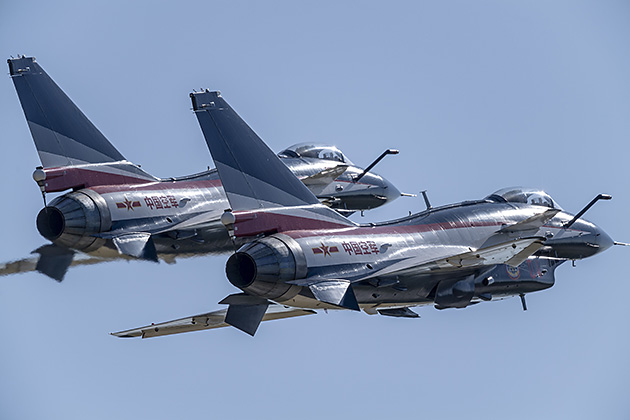
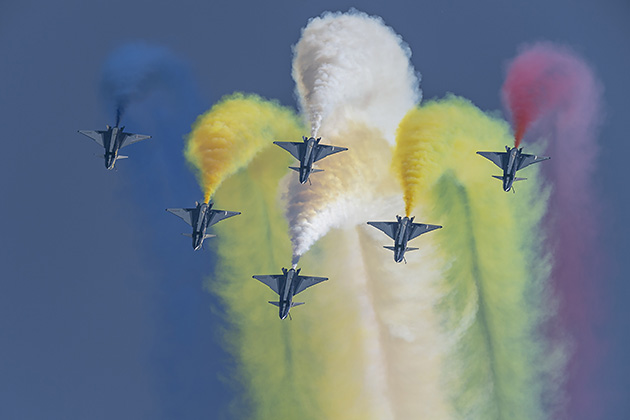
A highlight of the flying program included the appearance of the Chinese aerobatic team “1st of August” with their distinctive CAC J-10 Multi-Role Aircraft. The teams interesting name refers to the founding date of the Chinese People’s Liberation Army on August 1 1927. The “1st of August” team was established in 1962 making their first appearance outside of China at MAKS Russia in 2013. The team has since displayed at various international aviation exhibitions including Dubai and Malaysia (LIMA 2017) – A clear sign of China’s increasing interest in marketing its military technology abroad.
The “1st of August” team is based at Yangcun Air Force Base and consists of six aircraft (+ two spare) incorporating a mix of three J-10A single seat and three J-10S double seat aircraft.
All aircraft types in Chinese service, up until the late 1990’s, were (and in many cases still are) based on Soviet-Russian technology of the 1950’s and 60’s.
R. Kysela
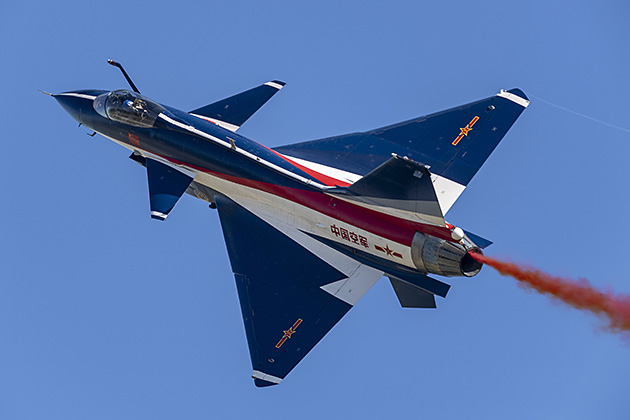
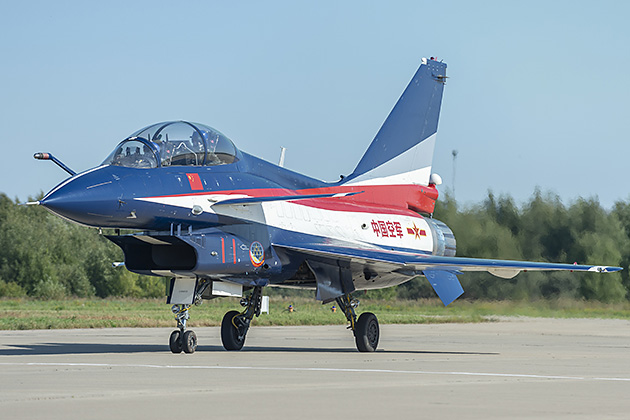
The Chengdu Aircraft Corporation (JAC) J-10 (the J stands for Jian = fighter) is the Chinese attempt to catch up with modern Western and Russian fighter aircraft technologies. The Chinese Air Force of the past was mainly concerned more with quantity over quality, however its clear that great strides have been made in bridging any technology gaps. All aircraft types in Chinese service, up until the late 1990’s, were (and in many cases still are) based on Soviet-Russian technology of the 1950’s and 60’s. One of the most popular fighters of the People’s Liberation Army, the Chengdu J-7 (NATO Code: FISHCAN) was originally developed from an early version of the Mikoyan & Gurevich MiG-21 (F-13 series). The J-7 was in production until 2013 and is still in Chinese service in considerable numbers in the home defense role!
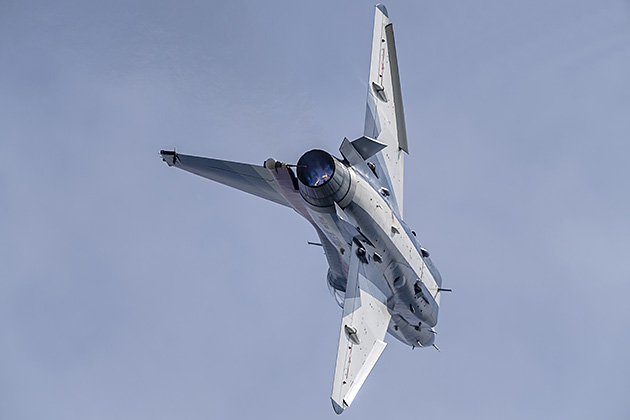
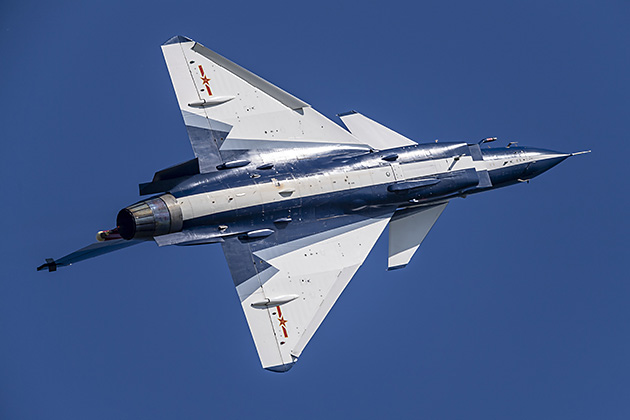
The maiden flight of the J-10 took place on March 23rd, 1998 with development work beginning some twenty years earlier. For quite some time there has been speculation in Western media that the J-10 is based on the Israeli IAI LAVI. While there certainly are certain similarities, on closer inspection the two aircraft (apart from a similar configuration) have nothing really in common. It is possible that Chinese designers were influenced by the Israeli model, but that too is pure speculation. The LAVI itself was originally based on the technology of the Lockheed Martin F-16, with the LAVI being slightly smaller in size. The LAVI also utilized a modified version of the same engine as the F-16 (the Pratt & Whitney PW1120 was based on the F-100 series, which was also installed in the McDonnell Douglas F-15). By contrast, the designers of the J-10 utilized the Russian Saturn AL-31FN engine, while the J-10 avionics suite, including its radar, were developed independently by China. At present it is estimated that approximately 400 J-10 aircraft are in operational use. A modified version, the J-10C, is currently being introduced into the Chinese Air Force service.
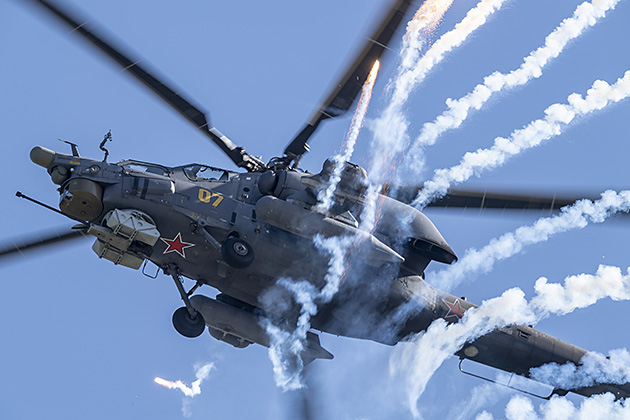
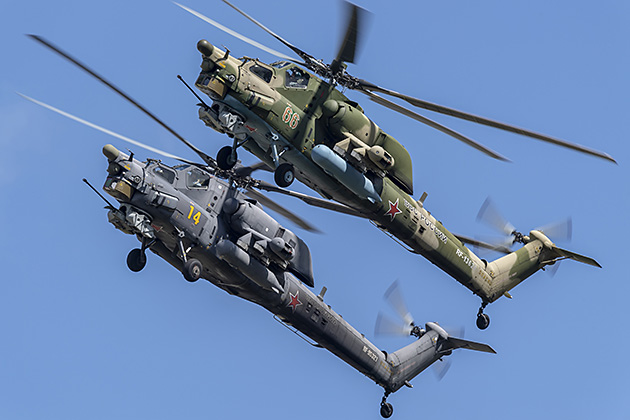
In addition to the two Russian aerobatic teams, the BERKUTY (Golden Eagle) helicopter team were also present at ARMY 2018 with their Mil Mi-28N NIGHT HUNTER (NATO Code: HAVOC) combat helicopters. This team was founded in 1992 and was initially equipped with the Mil Mi-24 (NATO Code: HIND) helicopter (until 2012) before converting to the Mi-28N. While the BERKUTY team consists of six helicopters, most of the demos are flown with only four aircraft. The team is based at Torzhok and belongs to the 344th School and Training Center of the Army Aviation Forces. The latest version, the Mi-28NM, was first presented to the public at ARMY FORUM 2018 where it was also announced that the BERKUTY team will fully convert to the new variant. Outwardly, while the new model seems to hardly differ from its predecessor, most of the avionics package is entirely new, this package includes a modern 360-degree radar (NO25E) and a significantly updated self-defense suite. This updated suite includes a fully integrated laser system which reacts to incoming missiles equipped with an Infra-Red (IR) seeker. The Russian armed forces will begin to receive the new type later this year.
The Mi-28 made its maiden flight on November 10th, 1982.
R. Kysela
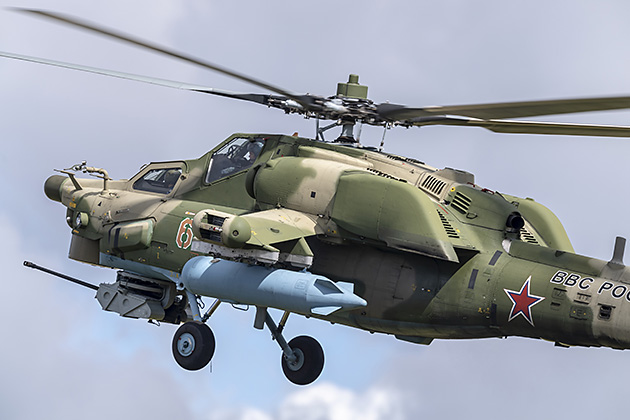
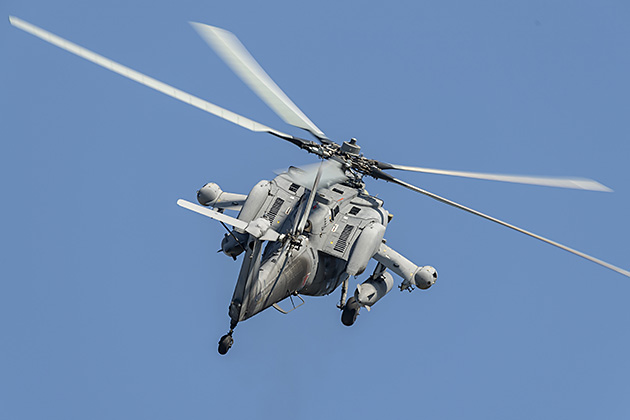
The Mi-28 is one of three combat helicopters utilized by the Russian Army (the other two are the Mil Mi-24/35 series and the Kamov Ka-52 Alligator). The Mi-28 made its maiden flight on November 10th, 1982. In its original configuration, the Mi-28 is very similar to the US-American Boeing AH-64 APACHE. However the one thing that differentiates the Mi-28 from its American counterpart ( similar to its successful predecessor the Mi-24), is that the Mi-28 is capable of carrying additional soldiers. In contrast to the Mi-24, which can accommodate up to eight fully-equipped soldiers in its spacious hull, the Mi-28 has only three additional seats available. The idea behind this is not to use the Mi-28 as a combat troop transporter, but for CSAR (Combat Search & Rescue) missions.
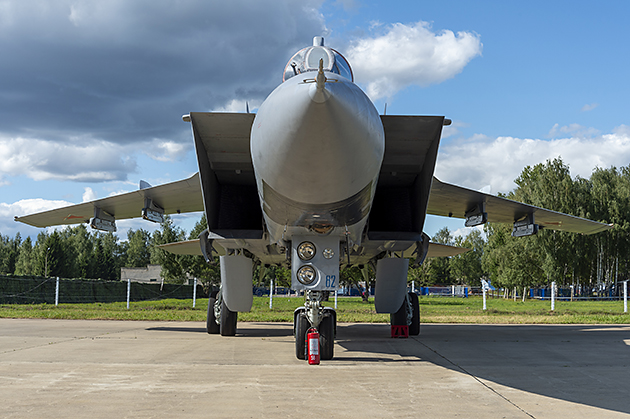
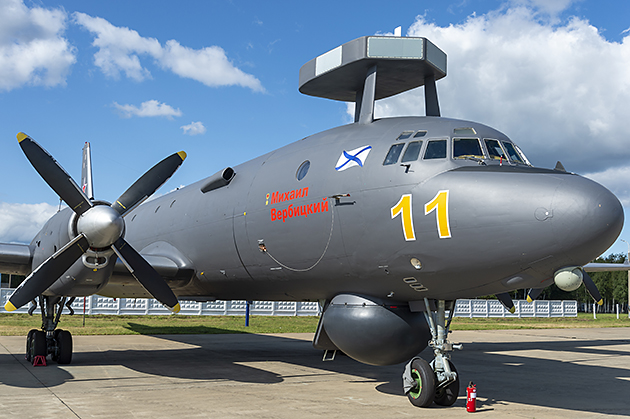
Verdict: Aerobatic teams were very well represented at ARMY 2018 with great demonstrations by the Russian teams that gave the event that special shine. The highlight was however the appearance of the Chinese Aerobatic Team “1st of August “with their six Chengdu J-10 aircraft. Unfortunately the same can not be said about the other flying displays with daily announcements that the displays of a MiG-31 and a Sukhoi Su-57 would not take place (the Su -57 flew only in the week before the event and the MiG-31 could only be seen in the static display). Any hope to see at least one solo display of an Su-30SM or an Su-34 was further marred by the fact that these machines only flew on one day or another (and totally unannounced), and even when they did fly their performance was extremely high and far away from the crowd line.
For the purpose of live firing, all vehicles (which had a weapon) drove into four separate areas in front of the spectators and then began to shoot at various targets with live ammunition.
R. Kysela
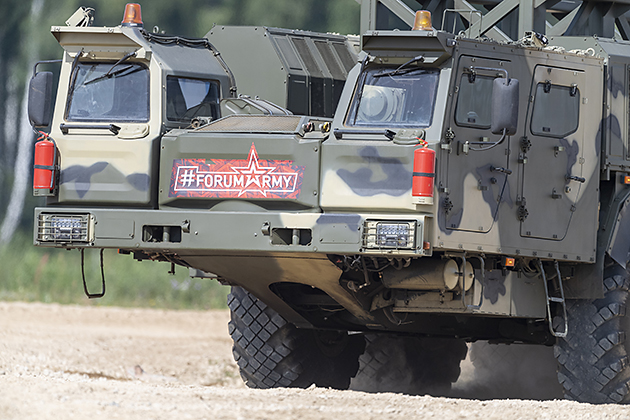
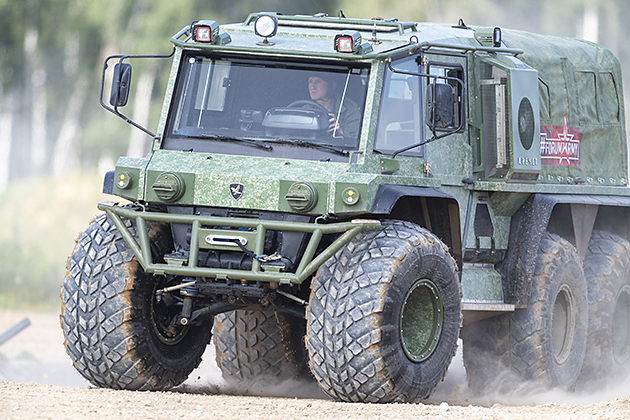
Land Forces Demo Cluster:
The Alabino Military Proving Grounds were also home to the live fire demonstrations that pretty much included all military equipment currently in service with the Russian Armed Forces. Starting with heavy engineering equipment such as the KamAZ-7850 (OKR “Platforma-O”) and all-terrain vehicles such as the Krechet Z320-91 right up to the T-80Y Main Battle Tank (MBT). For the purpose of live firing, all vehicles (which had a weapon) drove into four separate areas in front of the spectators and then began to shoot at various targets with live ammunition. The only downside was the arrangement of the grandstands that restricted what the audience could actually see, this also effected the Naval Demo clusters quite badly.
The Grand Finale was a tank ballet by four T-80Y MBT’s. To the sounds of Tchaikovsky’s Swan Lake, the heavy main battle tanks “danced” with seeming ease and a perfect choreography, all within a very tight space – truly a spectacle you don’t get see every day.
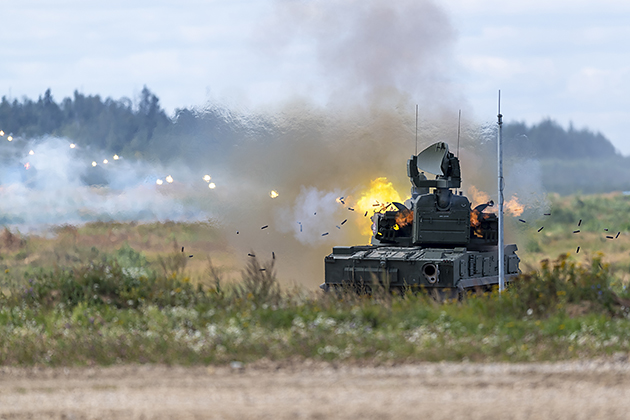
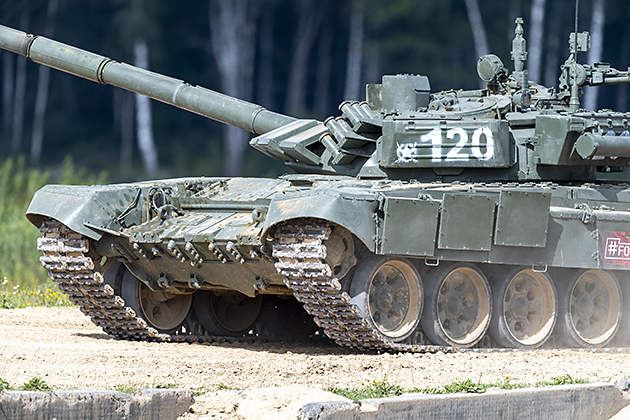
Following the live fire demonstrations, interested visitors could take a shuttle bus to the exhibition grounds and where the forum and fair actually took place. Within this huge area there are also a lot of tanks and equipment on display that have been retired from active service. Due to the excellent condition of this equipment it was not easy to distinguish the museum exhibits from equipment currently in use. The highlights of ARMY 2018 not only included the latest main battle tanks, such as the T-14 ARMATA MBT and the T-15 Infantry Fighting Vehicle (IFV) (object 149), but also the latest version of the BUK-M3 Surface to Air (SAM) missile system. To be able to see everything in detail, you’ll need time – a lot of time!
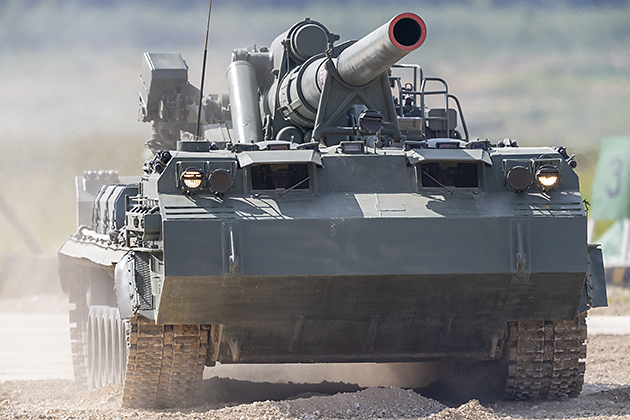
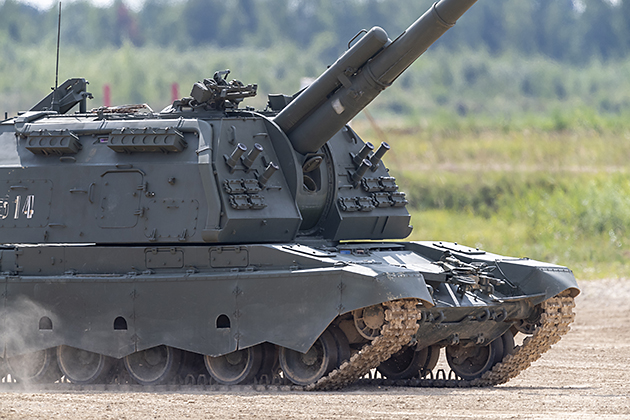
Although this event has been marketed as a FORUM (and many forums and podium discussions are conducted there) it is to a larger extent more a sales event for the Russian arms industry. Thus, it is in direct competition (at least in the military field) with the well established MAKS event. The fact that both events take place directly after each other has caused some distress for the exhibitors. Logistically it is extremely difficult, if not impossible, to dismantle a stand at one event and the rebuild it at another exhibition within such a short time frame. The other issue is that many visitors to MAKS (potential buyers) have no interest in attending two similar exhibitions in a row. For these reasons, and as is the case with MAKS, the ARMY FORUM will be held biannually from now on. The next ARMY FORUM will take place from the 25th to the 30th of August 2020, the upcoming MAKS 2019 on the 23rd to the 28th of July 2019.
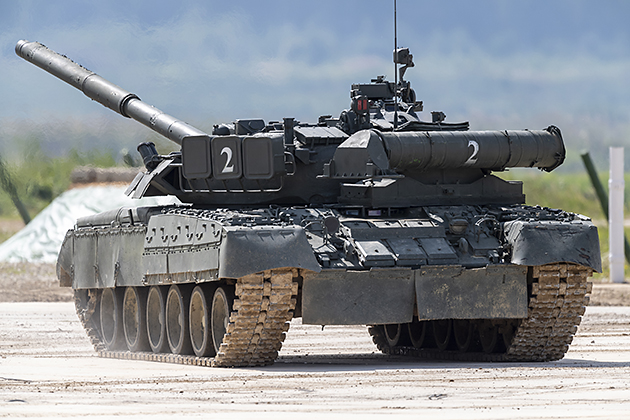
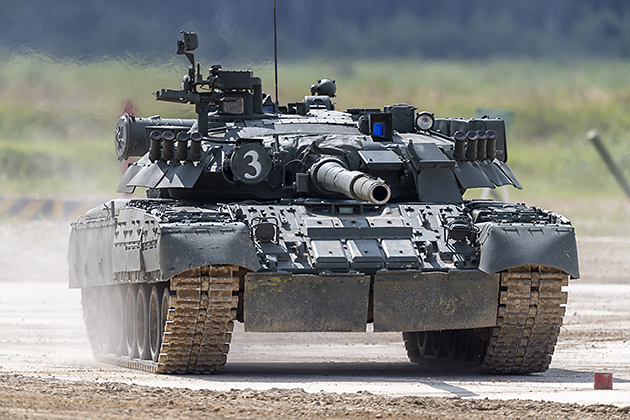
The difficulty for the visitor lies in the spatial separation between the individual demonstration clusters. Since the displays take place relatively simultaneously, the participant has to decide on only one venue to attend. That’s why it’s a good idea to have a well planned schedule when visiting this huge event.
One final question which some readers might ask themself is: Is it worth it to visit ARMY FORUM 2020? A good question that I can answer for my personal experience is a clear YES! There are however a few points that you should take into consideration before you make your final decision:
- The ARMY FORUM is not an airshow. The flying displays are limited to a maximum of two hours per day. Although there is a comprehensive static display, it won´t take you more than an hour and a half to see it. The rest of your time is spent waiting!
- When traveling by shuttle bus it takes at least an hour and a half to get from one venue to another. For this reason, only one demonstration per day is possible (the displays take place pretty much at the same time). A quick change between the demos is therefore not possible.
- Following the previous critical points, its now time for something positive. Each and every one of the aircraft, aerobatic teams, tanks, etc. presented would be a true highlight at any western event. For example: the BERKUTY helicopter team consisting of four Mil Mi-28N NIGHTHUNTER combat helicopters – a real hit!
- Where else would it be it possible to view a live fire demo of numerous tanks, helicopters and other equipment in relatively close proximity?
Summary: ARMY FORUM 2018 was a unique event with very few drawbacks. A wide range of demonstrations were available, however separation between venues means good planning is essential. In addition to the fantastic weather during the entire week and great traffic organization (there were only some minor delays to and from the event) ARMY 2018 was a real highlight for me!
Therefore: CU at Kubinka in 2020!
Robert Kysela / CHK6

